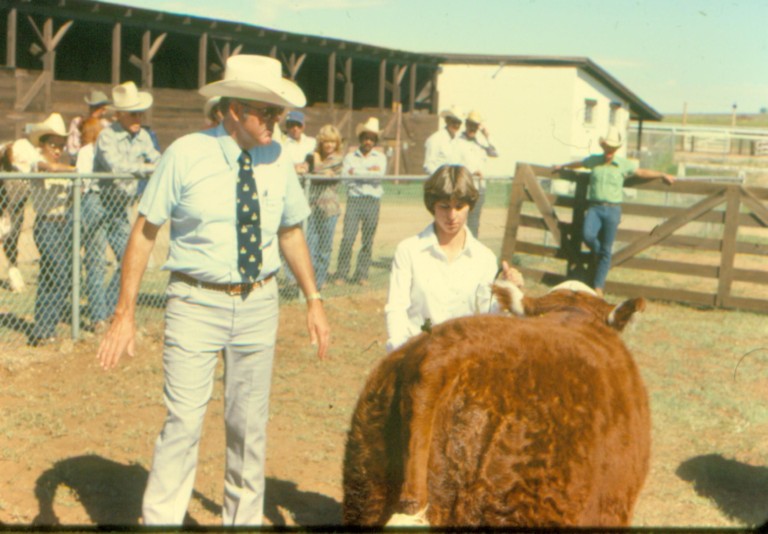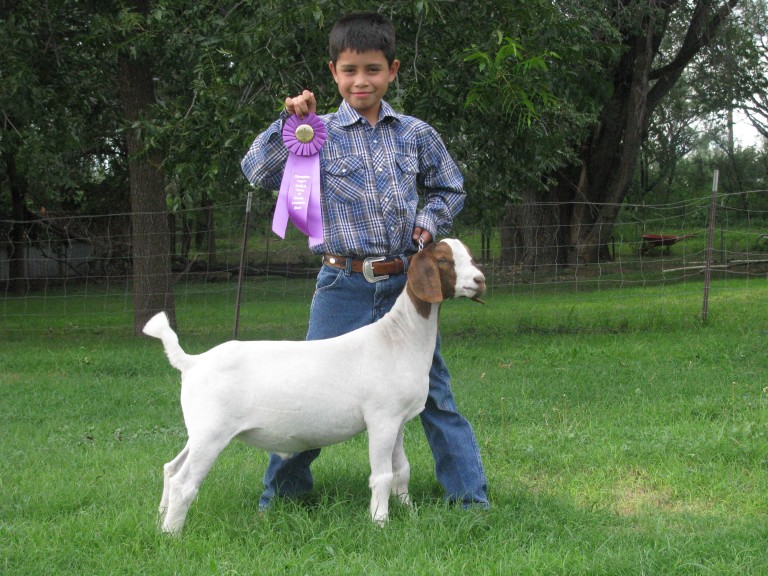By Shelley Johnson, R.D.
National Cattlemen’s Beef Association
Contractor to the Beef Checkoff Program
For decades consumers have been exposed to all kinds of conflicting information about the nutritional benefits of all types of food in the marketplace – this includes beef. Questions about food and health are often generated by emerging – and ever-evolving – science of diet and health.
Attention to nutrition began to escalate in the 1970s, when nutrition researchers captured the attention of legislators, regulators and those in a position to give dietary advice. It created an opportunity for the beef industry to deliver messages about the nutritional value of beef.
Over the past few decades, the beef industry has made progress in helping promote the use of sensible, science-based information about beef’s role in health. As a result of this straight-forward attitude, the beef industry has never been in a better position to promote beef’s positive role in the diet. Following are encouraging updates about beef nutrition that will help set the story straight:
Following are encouraging updates about beef nutrition that will help set the story straight:
Fact: Heart-healthy diets with four ounces of lean beef can actually improve cholesterol and reduce heart disease risk. More than 20 randomized controlled trials (RCTs) have showed that healthy diets containing 4-6 ounces of lean red meat, even daily, may improve cholesterol, blood pressure and weight management. The low fat diets that were once being promoted for heart health are not recommended anymore as a result of new science that examines the influence of the total diet on health.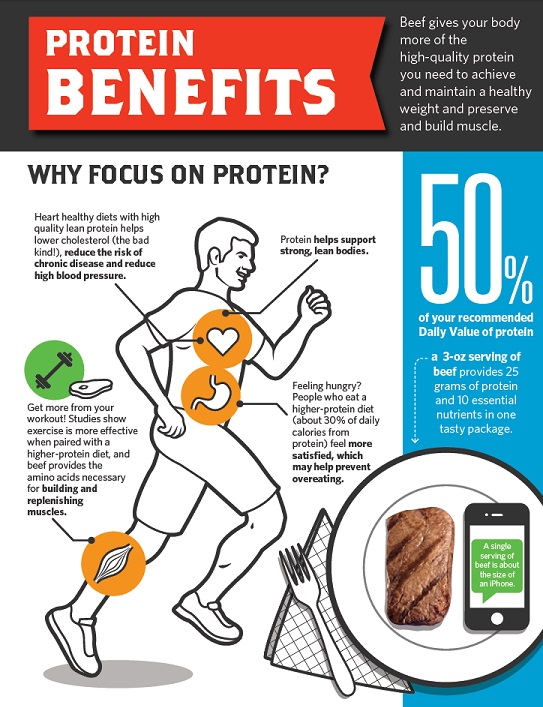
Furthermore, the fat profile of beef is frequently misunderstood. One third of beef’s saturated fatty acid is stearic acid, which has a neutral effect on cholesterol. And more than half ofbeef’s fatty acids are monounsaturated fat – the same kind found in olive oil.
Fact: Despite upward trends in obesity, as waistlines have expanded, beef intake has declined. The Meat, Eggs and Nuts category of American food consumption has increased just four percent between 1970 and 2008, while overall caloric intake has increased by 30 percent. Americans consume twice the refined grains recommended by the 2015-2020 Dietary Guidelines, and added sugars contribute 16 percent of the total calories to the American diet.
 A related fact: higher protein diets with beef can help manage weight. Research shows that protein-rich diets that include beef support weight management. If you’d like to test this out for yourself, sign up for the 30 Day Protein Challenge at BeefItsWhatsForDinner.com.
A related fact: higher protein diets with beef can help manage weight. Research shows that protein-rich diets that include beef support weight management. If you’d like to test this out for yourself, sign up for the 30 Day Protein Challenge at BeefItsWhatsForDinner.com.
Fact: Building a healthy diet with lean beef can be a calorie-saver and add valuable nutrients. The new Dietary Guidelines released in 2015 emphasize variety and flexibility, and recommend lean meat. By-and-large, consumers are responding, and eating beef responsibly. Current research shows that beef consumption contributes only 5 percent of the calories to Americans’ diets, while supplying more than 10 percent of the daily value for 10 essential nutrients like zinc, iron and B-vitamins.
As Americans continue to battle the obesity crisis, beef can be part of the solution as a high-quality protein source, providing more nutrients in fewer calories than many other foods. Compared to beef, it takes more than twice the calories to get the same amount of protein from beans, nuts and grains.
Fact: Scientific evidence does not support a cause-and-effect relationship between meat and cancer. Some cancer reports in the past several years have suggested there might be a link between colorectal cancer and red meat. Furthermore, the International Agency for Research on Cancer (IARC) at the World Health Organization (WHO) last fall said red meat was probably carcinogenic to humans.
After the IARC results were announced, media reports generated many questions and challenges about the conclusion. A few days later, though, the WHO attempted to temper their communication about the conclusions in the report.
One reason is probably that independent reviews of these reports present a different interpretation. They assert that “the totality of the available evidence does not support an independent positive association between red meat and cancer.”
Why? Because associations were based on correlation (not causation) in epidemiologic research (the study of health and disease among populations); because about half the time, no association was found; because when they were found, associations were weak; because initial results were confounded by unhealthy diets and lifestyles; and because the evidence is weakening over time with improved research quality.
Opportunities
The beef industry, through its Beef Checkoff Program, is doing more than just answering these questions to help people build healthier diets with beef.
For instance, we’re showing consumers how they can pair beef with healthy grains, vegetables, fruits and low-fat dairy to improve nutrition profiles. Research has shown that consumers who ate more lean beef also ate more servings of vegetables. A new checkoff-funded focus, Families in Motion, is helping demonstrate that beef’s nutrient combination – zinc, iron and protein – provides essential fuel for active families, and when paired with fruits, vegetables and whole grains, beef makes a foundation of a nourishing meal. More information can be found on the “Beef. It’s What’s For Dinner” website.
The bottom line is that there is credible information that Americans can build better diets with beef. It’s a science-based message everyone can appreciate. 


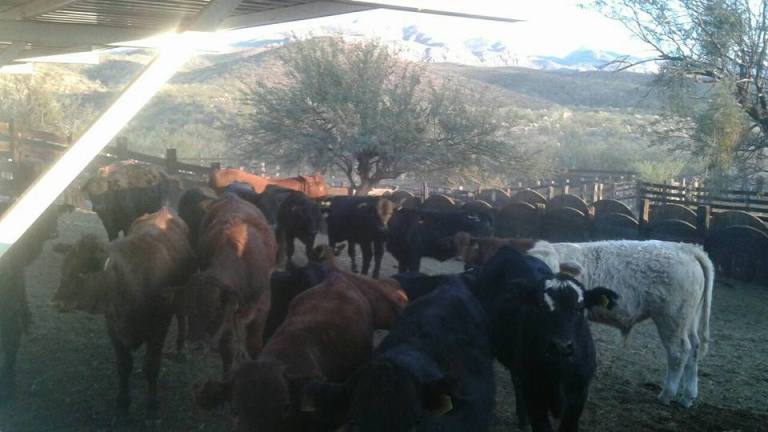











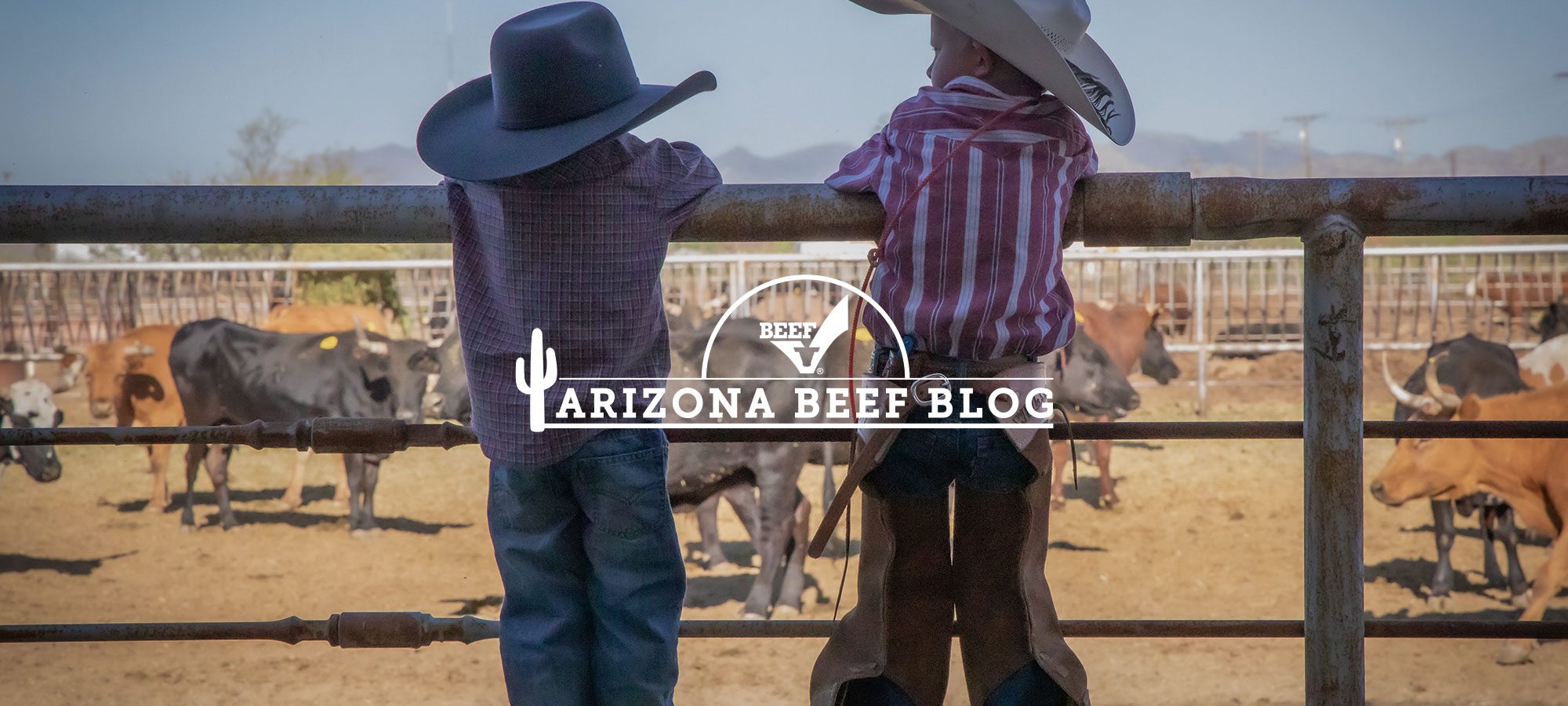

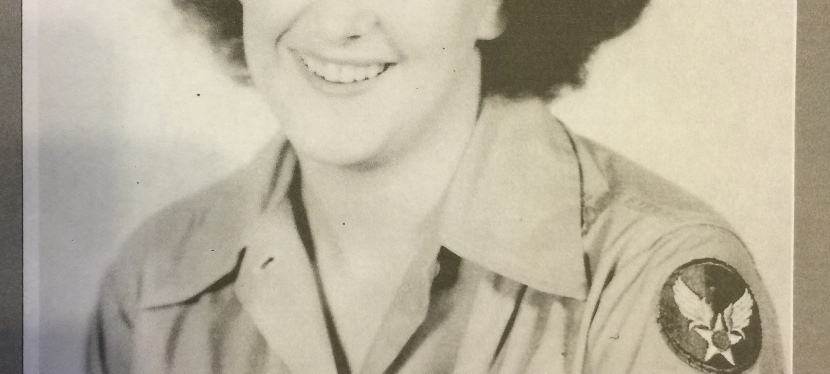



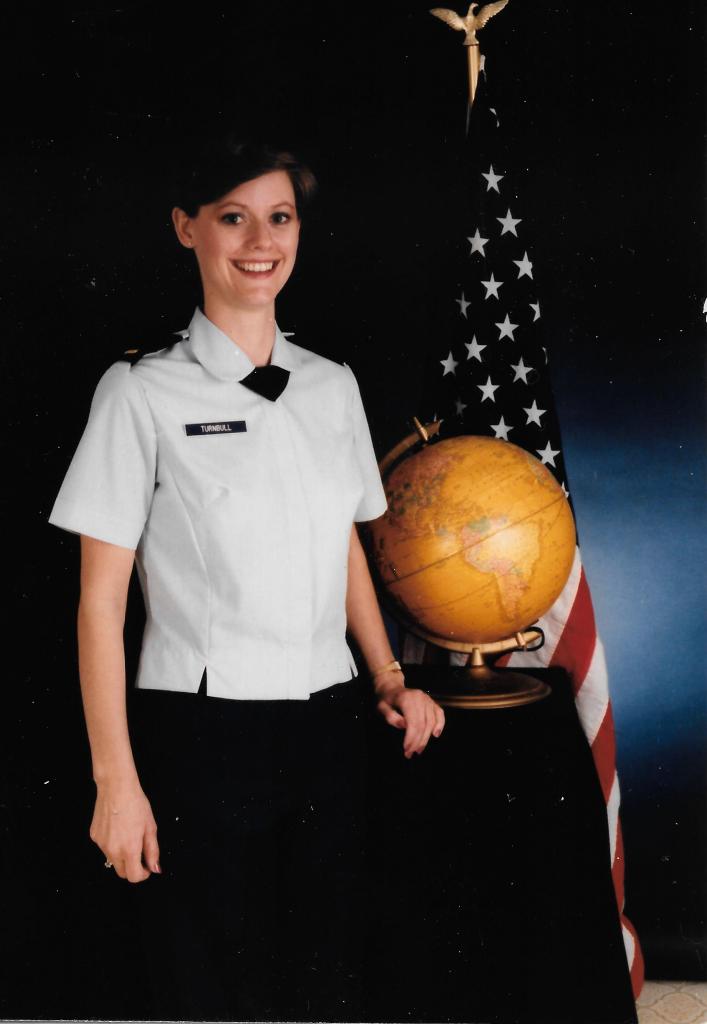

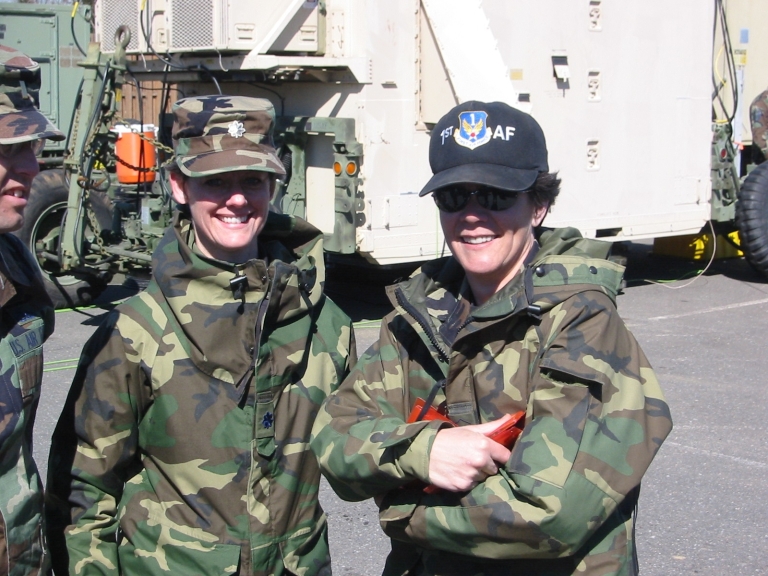
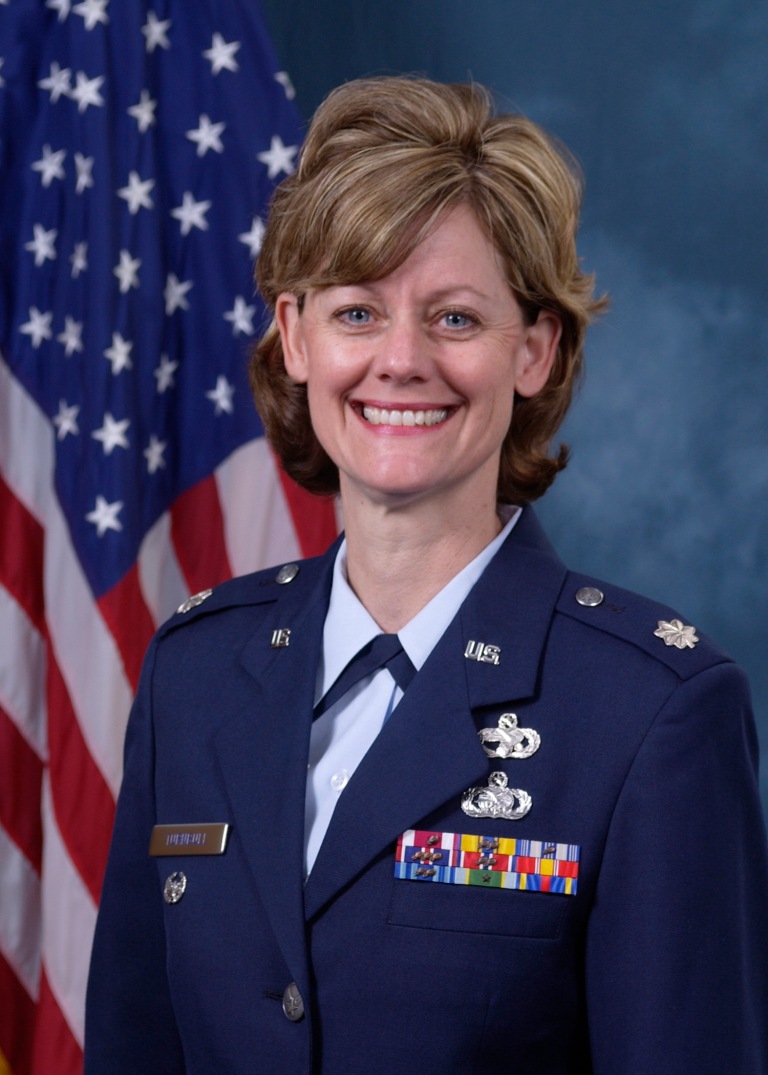
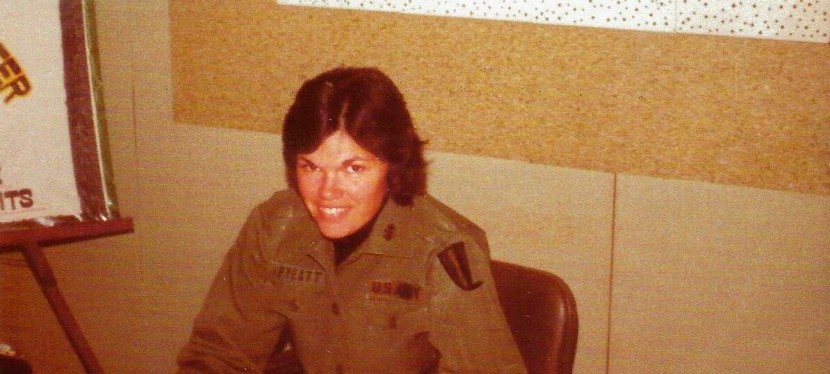
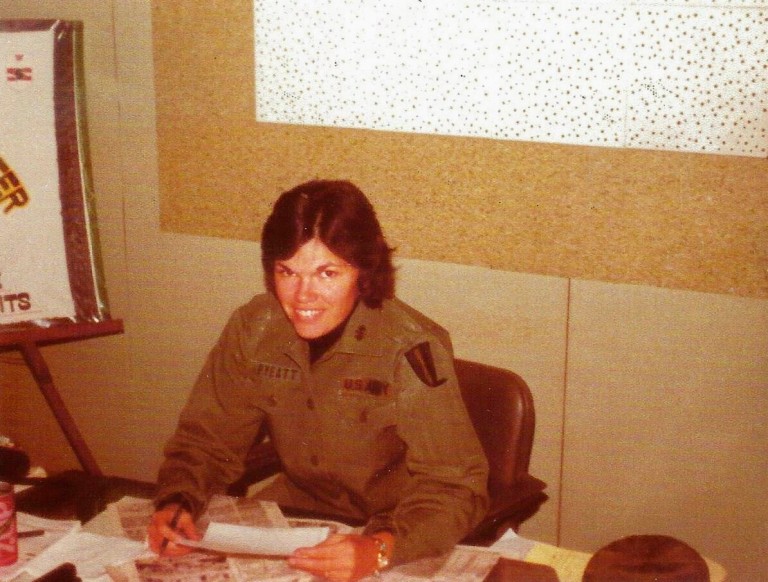


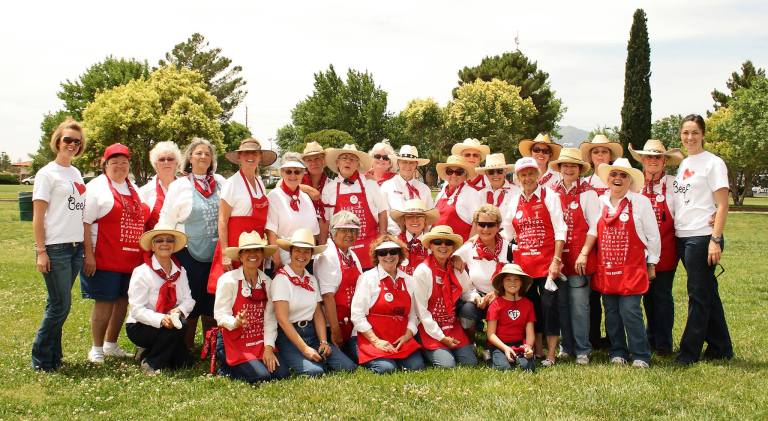



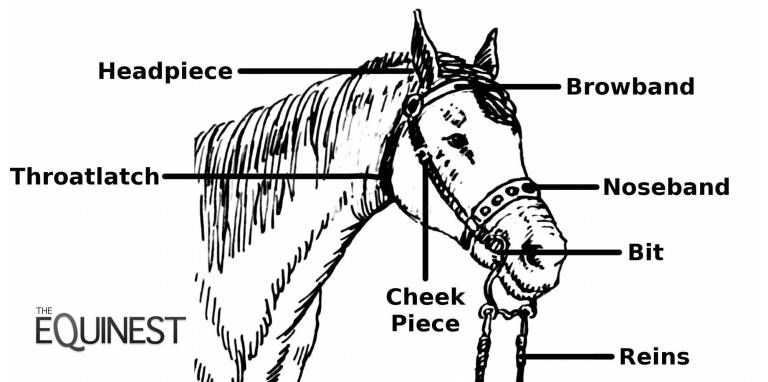
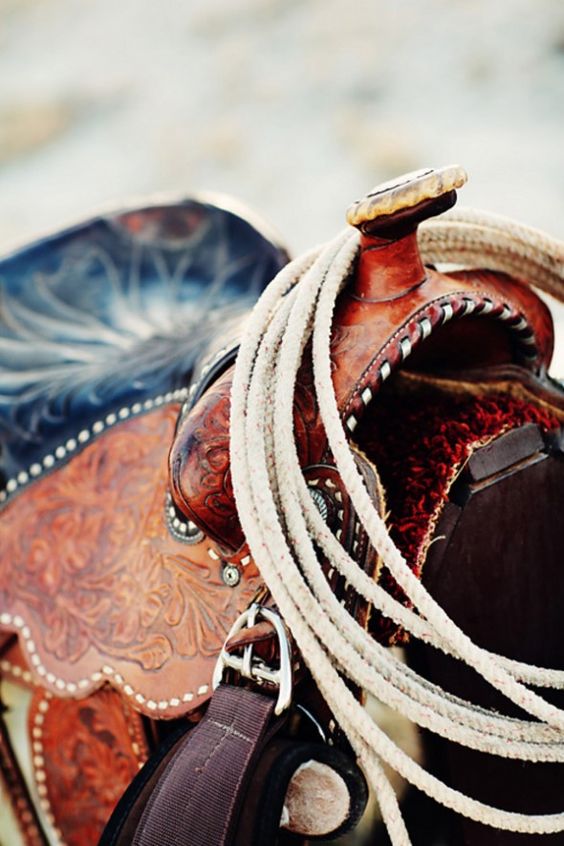
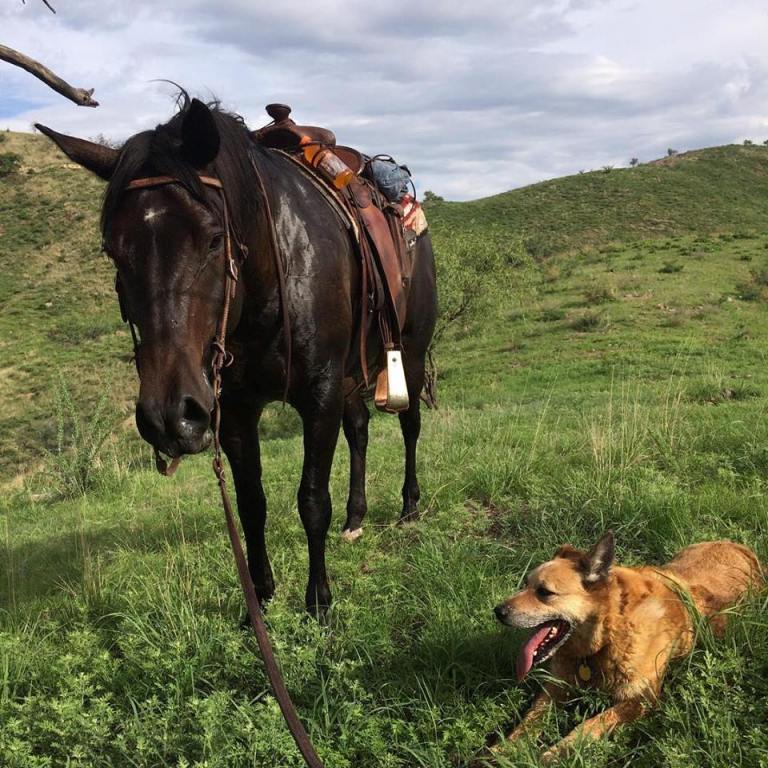


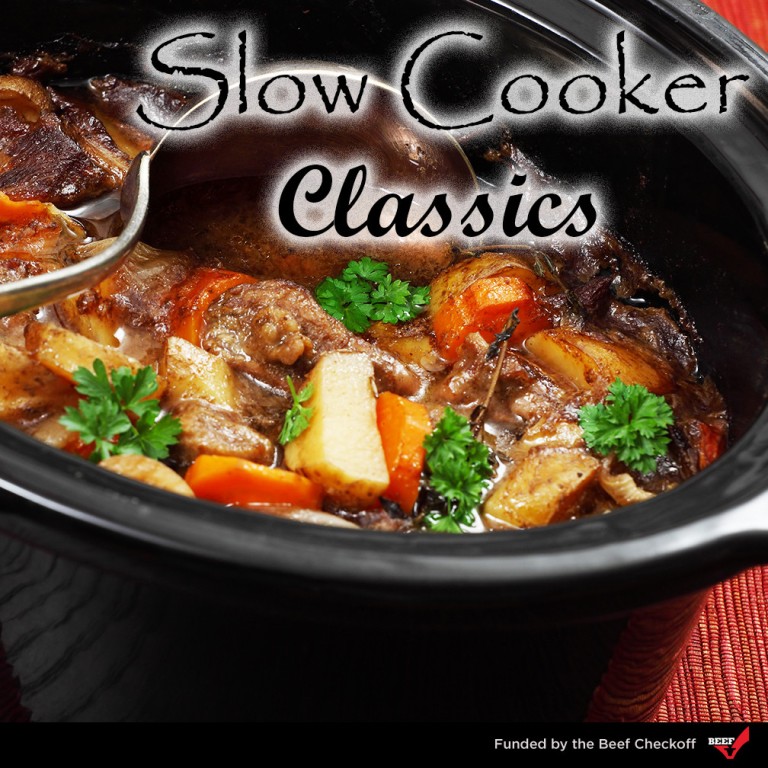 As a thank you to all of the people who read our Arizona Beef Blog, we wanted to give you a chance to win a great prize! We are giving away a goodie bag* full of useful Arizona Beef merchandise which will include an apron, pot holder, cutting board, and a certificate for FREE BEEF which can be used at any grocery store or restaurant in Arizona. All you have to do to is:
As a thank you to all of the people who read our Arizona Beef Blog, we wanted to give you a chance to win a great prize! We are giving away a goodie bag* full of useful Arizona Beef merchandise which will include an apron, pot holder, cutting board, and a certificate for FREE BEEF which can be used at any grocery store or restaurant in Arizona. All you have to do to is:
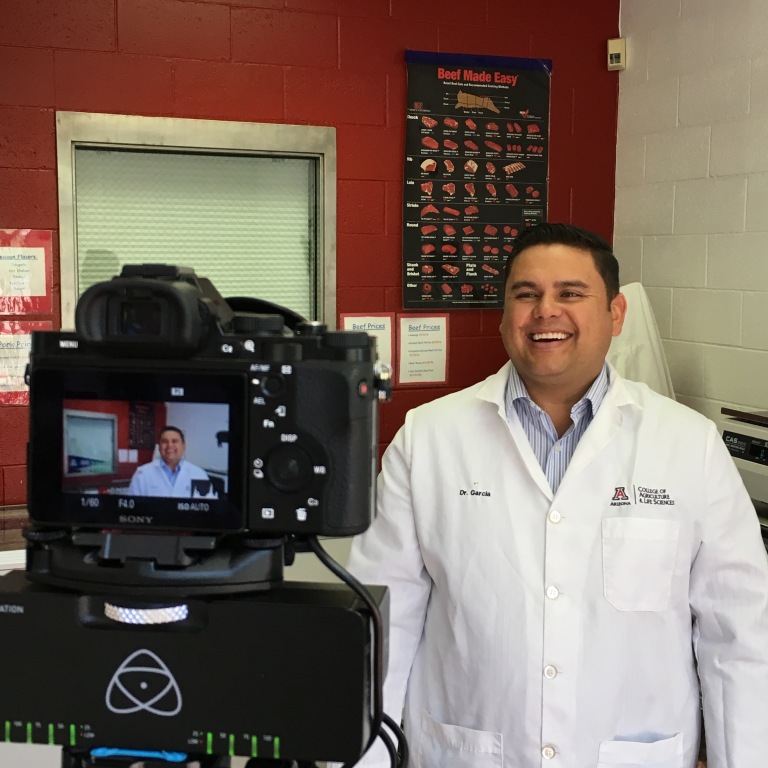
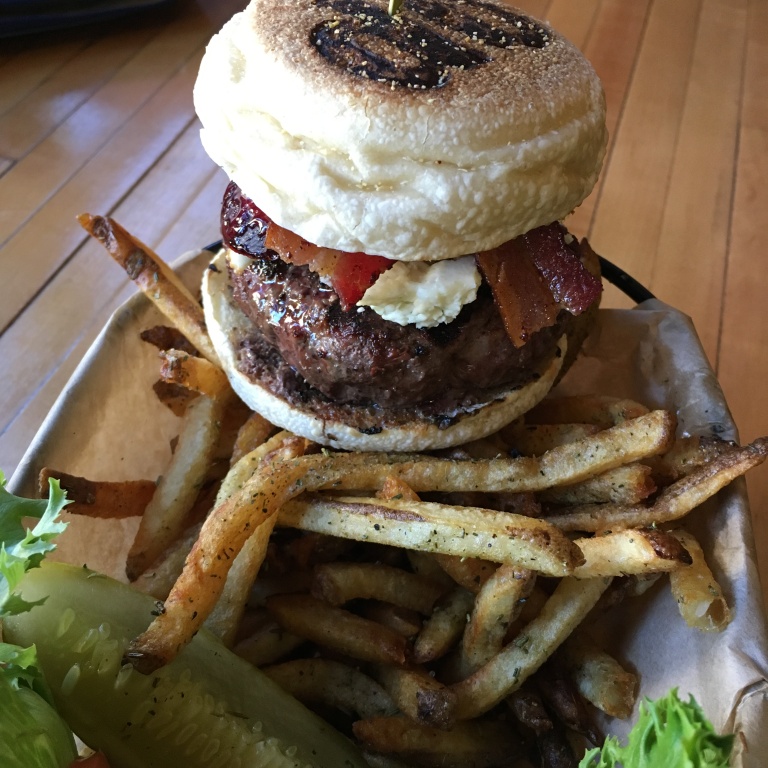


















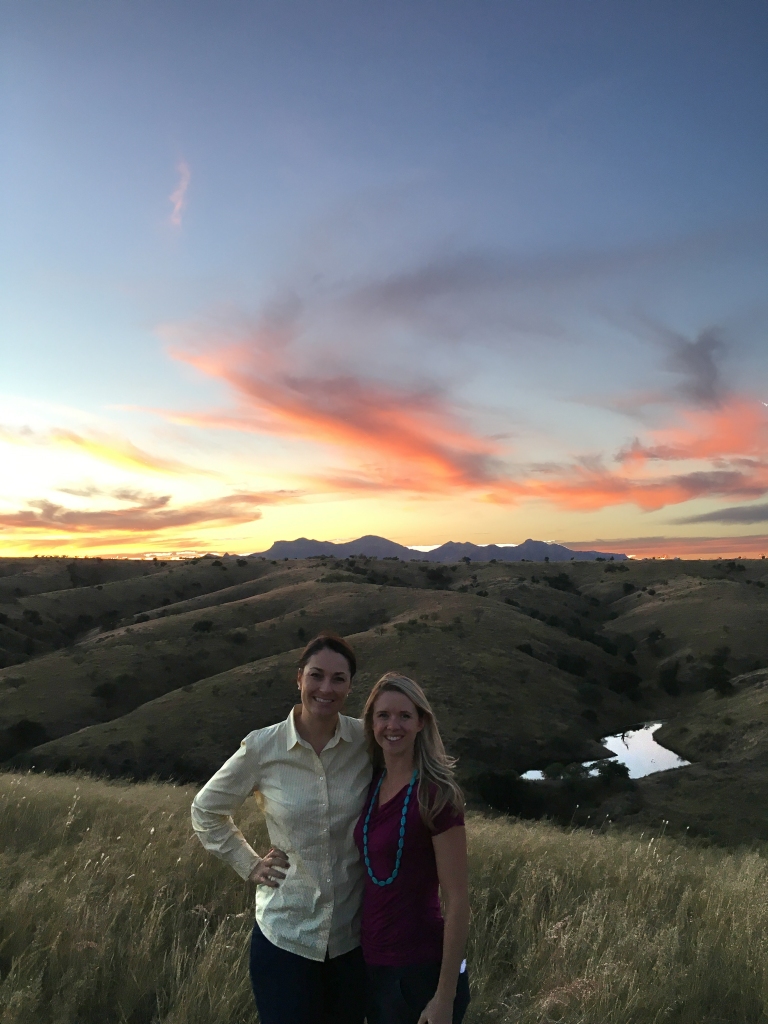




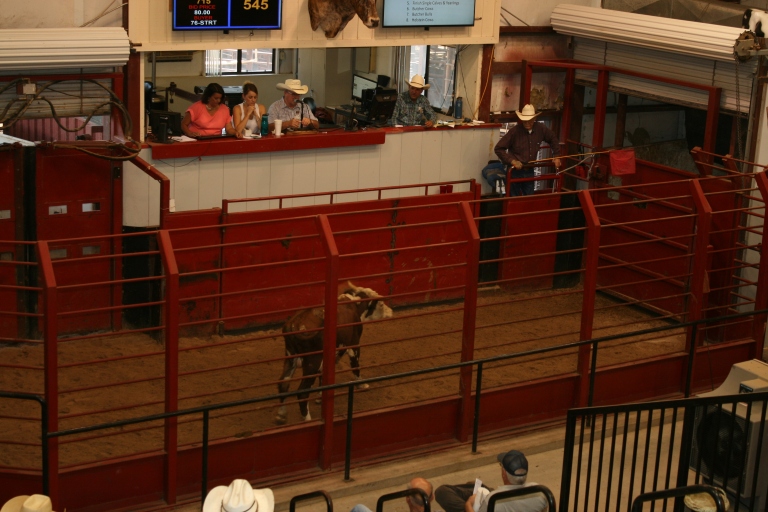


 A related fact: higher protein diets with beef can help manage weight. Research shows that protein-rich diets that include beef support weight management. If you’d like to test this out for yourself, sign up for the
A related fact: higher protein diets with beef can help manage weight. Research shows that protein-rich diets that include beef support weight management. If you’d like to test this out for yourself, sign up for the 


